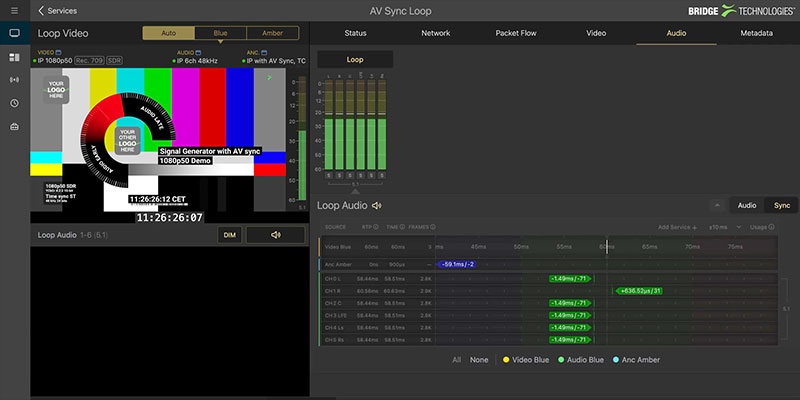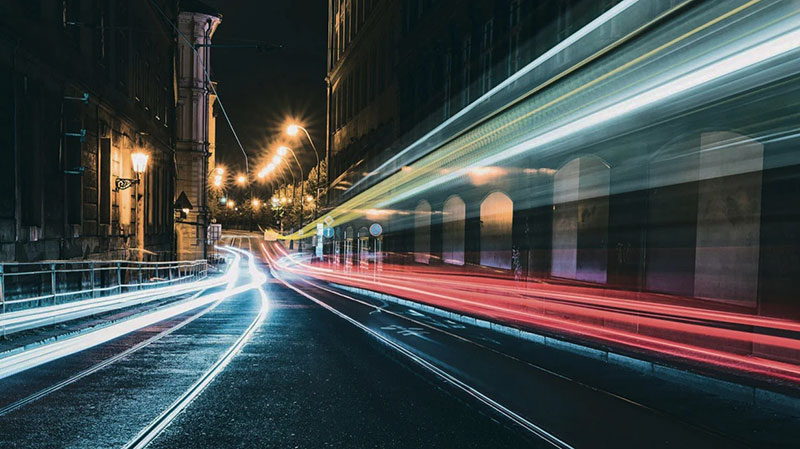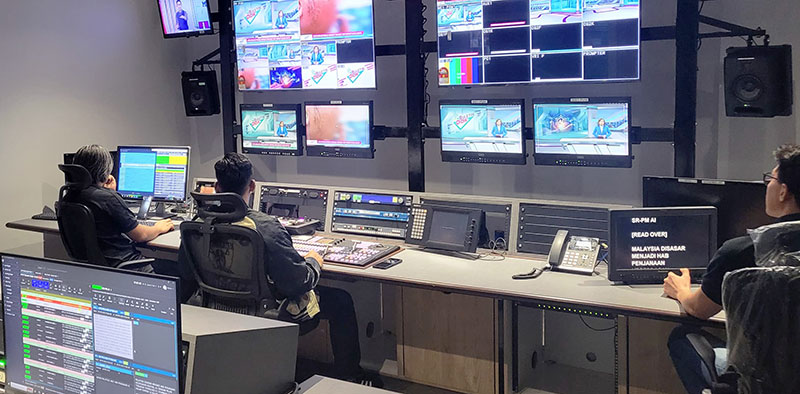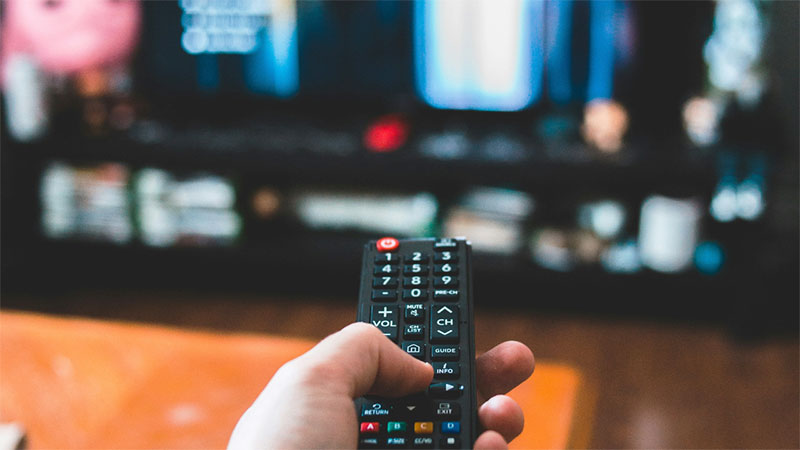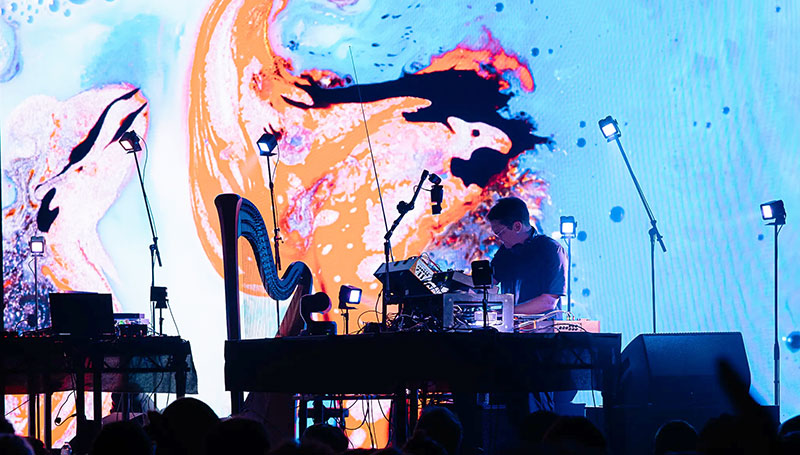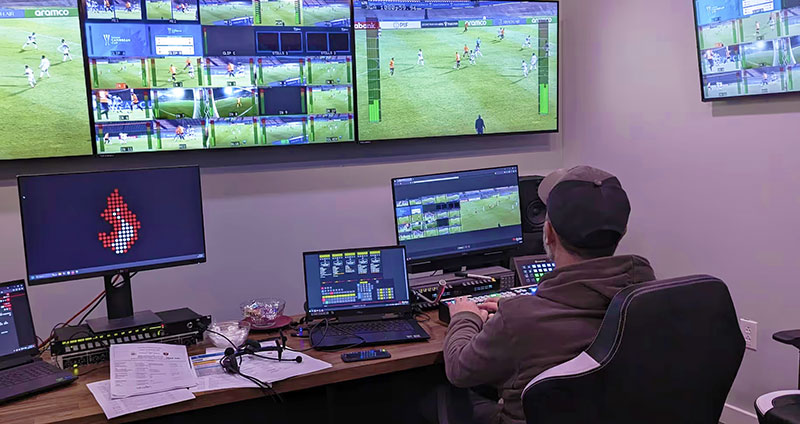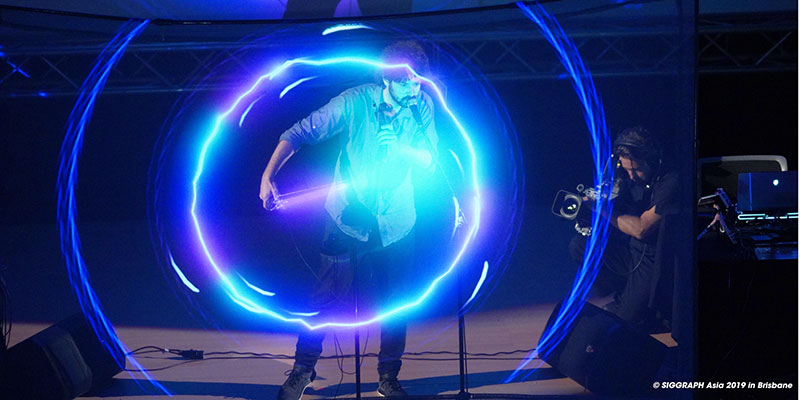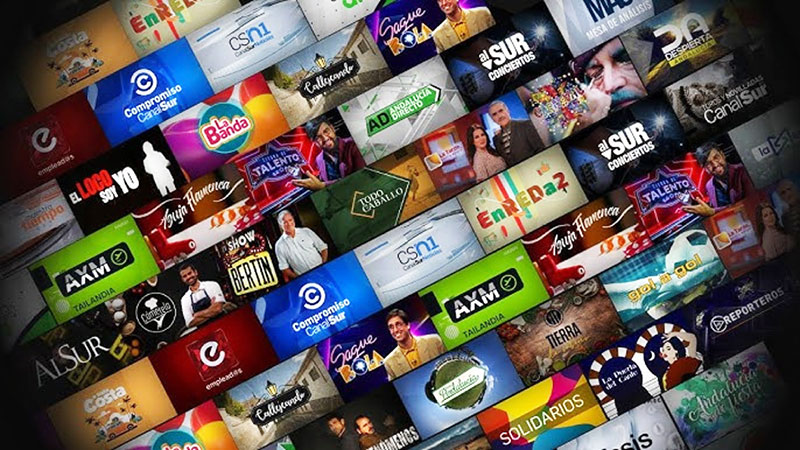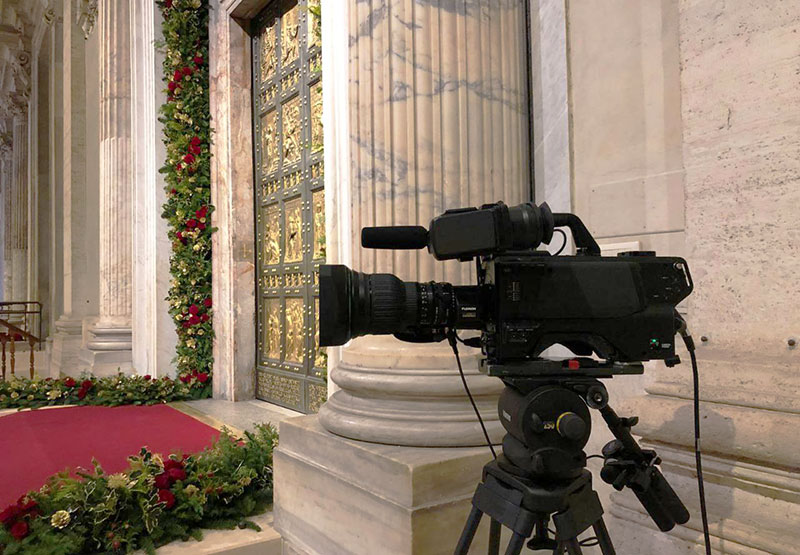Pixotope’s remote markerless through-the-lens camera tracking workflow reduced NEP’s on-site footprint and supported real time logistics control at the E1 speedboat series in Jeddah.

To cover the inaugural E1 Series all-electric speedboat race held in Jeddah, Saudi Arabia, NEP The Netherlands (NEP) used remote real time virtual production. The set-up included a remote camera tracking system deployed on-site, while the team’s graphics engine was situated at NEP headquarters in Hilversum, The Netherlands, 5,632 km away.
This configuration gave NEP the advantage of running the production in real time from their home base studio, which is familiar and fully staffed and equipped, instead of an OB truck or other temporary on-site infrastructure.
Embedded Camera Tracking Data
The camera tracking system was based on Pixotope virtual production software. Using the software, NEP was able to embed tracking data within the SDI signal alongside the camera feed and avoid relying on physical markers. This data was then transmitted to Hilversum via a contribution link.
"Our collaboration with Pixotope and use of their camera tracking system helped us significantly reduce on-site crew and equipment, one of the main reasons for choosing to work remotely," said Daan Zeestraten, Manager of Graphics Operations at NEP The Netherlands. "We also found the system was quite agile to work with when handling last-minute changes or technical challenges."
Typical remote workflow issues associated with virtual production, beyond the need for equipment and technicians on-site near the action and cameras, include integration of graphics engines over IP, SDI signal conversion hardware, latency and hardware licensing. Pixotope’s ability to embed the tracking data within the camera feed avoids many of those complications.
Turnkey System
Pixotope makes remote virtual production workflows feasible by taking advantage of markerless through-the-lens (TTL) camera tracking, direct signal collection and graphics infrastructure running on virtual machines. Pixotope’s approach is particularly useful for broadcasters interested in using virtual production to create high-quality immersive content remotely, at a lower cost and with greater flexibility.
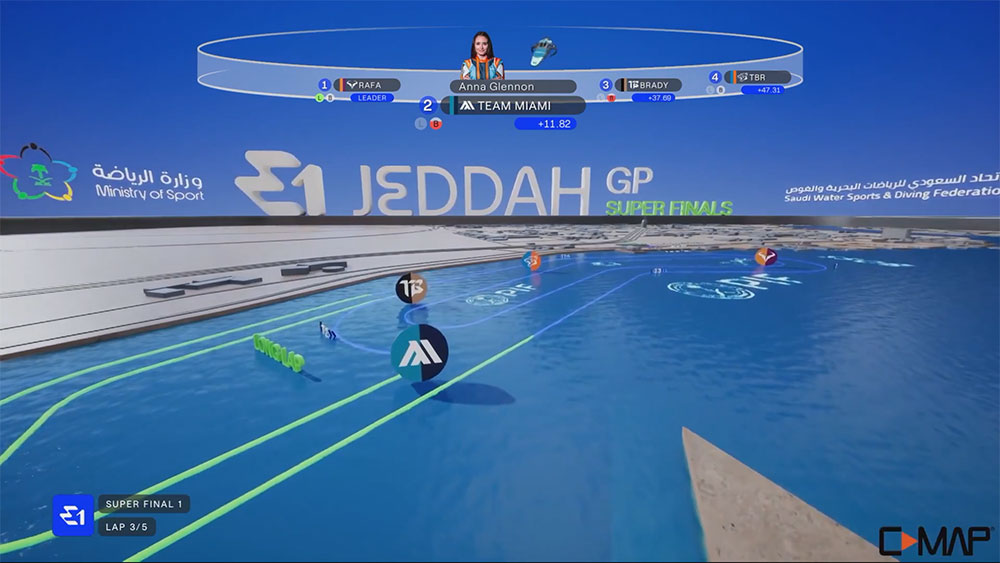
Pixotope’s systems cover most aspects of virtual production, from essential camera and talent tracking to augmented reality (AR) and virtual studio graphics, and extended reality (XR) workflows. For efficiency and flexibility, the company has developed a turnkey set-up for remote virtual production. It features purpose-built tools and workflows designed to address the entire remote production process.
Camera Operations
Pixotope Fly is a Through The Lens (TTL)-based system – in other words, it tracks cameras by analysing the just the video output, broadcast from the production drone or studio camera itself. As it doesn’t need output from extra sensors or equipment – measures movements and features through the lens of the filming camera – set-up is simpler and costs are lower.
For situations using camera and encoder outputs from multiple sensors (for zoom and focus), in which Pixotope Fly is not applicable, the Signal Connector Box (SCB) aggregates the signals into one output. It combines video, motion sensor (IMU) data and lens encoder data into a single signal stream transmitted over one ethernet cable to the tracking engine. Without the SCB, three separate ethernet cables would be needed.
The SCB device can be connected to, and powered directly by, the production cameras, which allows the transport of the SCB signal over supported networking infrastructure – including over a physical, multiple-signal connection for cameras with a compatible fibre link.
Pixotope Graphics
Pixotope Graphics is able to natively extract camera tracking data embedded within video inputs, including SDI and SRT inputs, as well as played-back files. This feature makes sure that clip playback is frame-accurately aligned with live virtual production graphics, addressing synchronisation challenges and easing the workflow.
Pixotope Graphics allows access via either web browsers or dedicated desktop applications, using Pixotope DataHub and AssetHub to facilitate remote, collaborative design workflows. Data and user interactions are natively synchronized to support hybrid on-site/remote production workflows. When making project-wide modifications across the system, once the update work is completed, a ‘push’ function automatically distributes those changes across the other machines, local and remote.
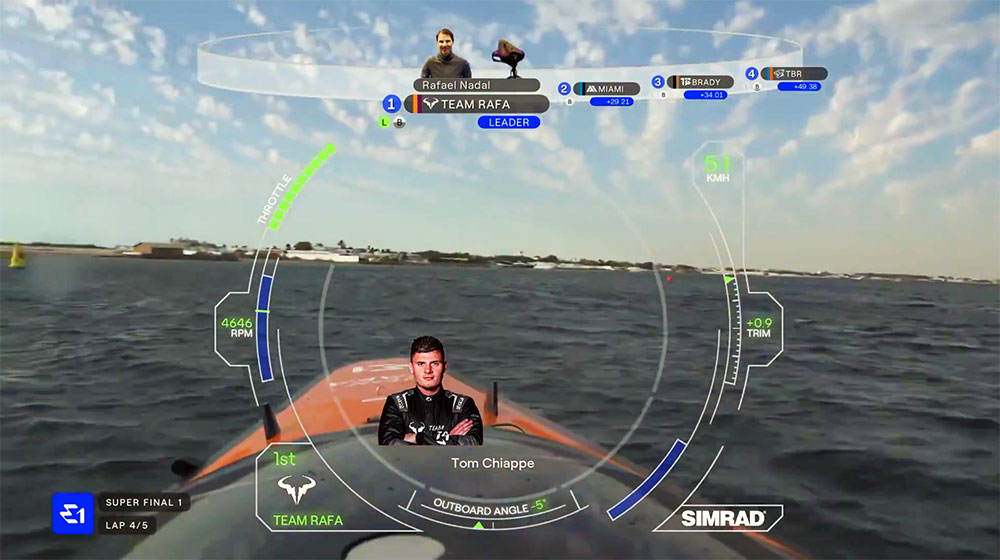
Production can be controlled in several ways, by creating separate control panels to drive specific events in a show, or using a single, comprehensive panel that manages the entire show. Projects can also be integrated with third-party devices like Streamdeck or Xkeys. Alternatively, Pixotope has an API for designing and integrating customised control systems.
Graphics Integration – Remote or Local
Built to operate in the cloud and on-premises, Pixotope can help organisations that want to run all parts of the graphics infrastructure, including render engines, on virtual machines. This virtualised approach supports both cloud-based and on-premises deployment, and accommodates remote operations directly between the two.
Pixotope software supports Remote Desktop functionality, so that users can log in and operate the system from any location. Through flexible licensing on Pixotope Cloud, camera tracking and graphics software licenses can also be moved as needed.
To support continuity, a requirement for live productions, Pixotope Graphics can be deployed with failover instances both on-site and remotely, which makes backup servers available if primary servers encounter issues.
These developments are not only intended to make virtual production simpler, less costly and more accessible, but also enhance production value. Pixotope integrates with existing workflows and technology in order to allow users to keep using equipment they prefer and know will achieve the results they are looking for. www.pixotope.com




